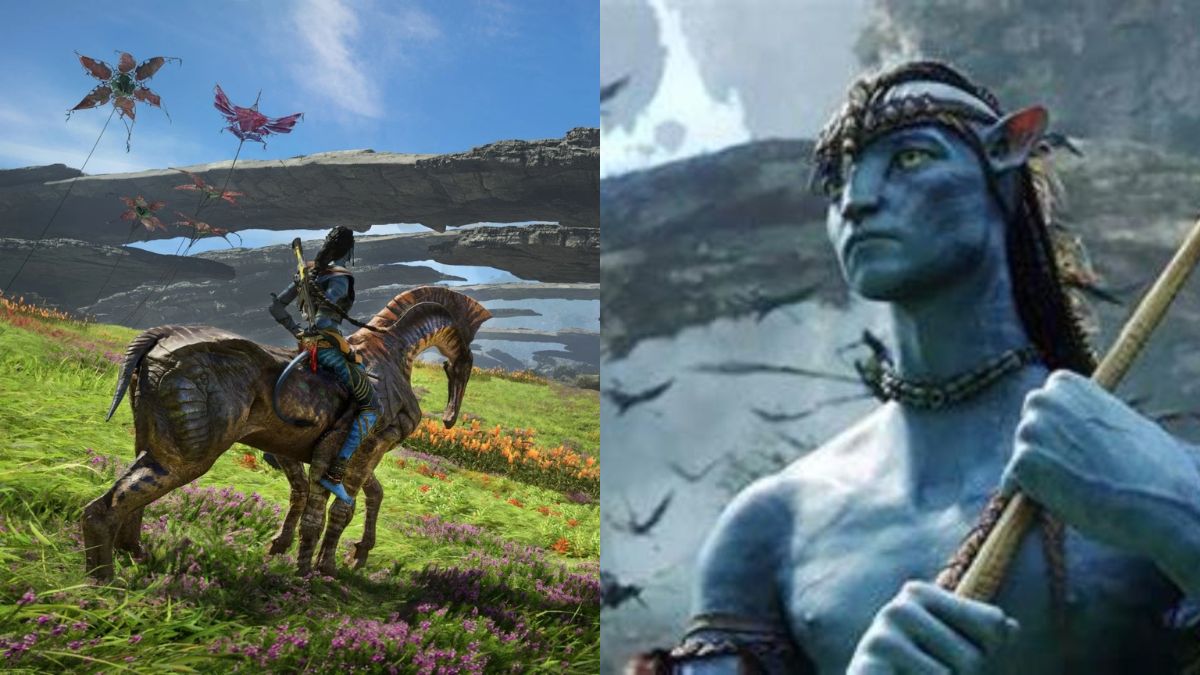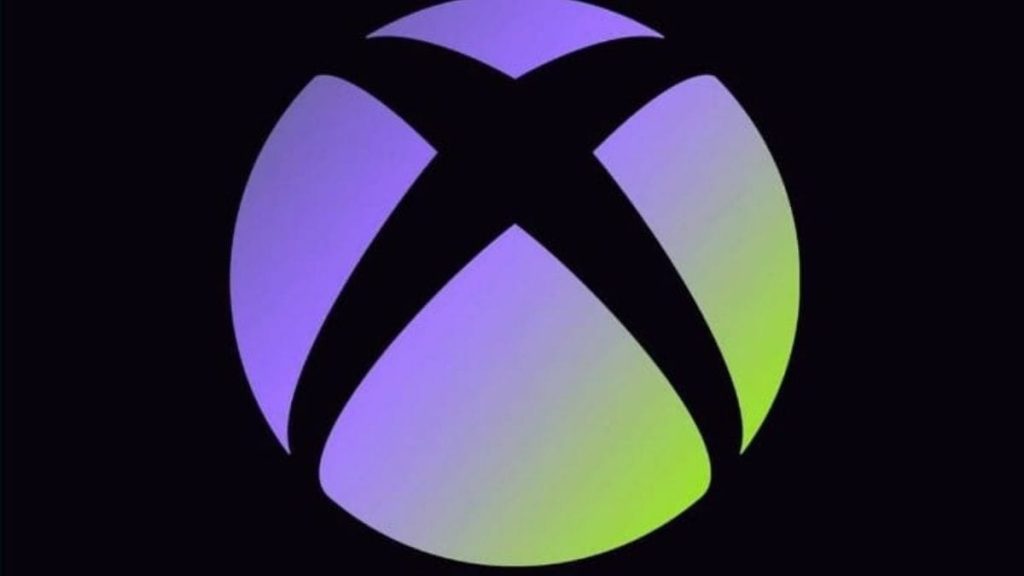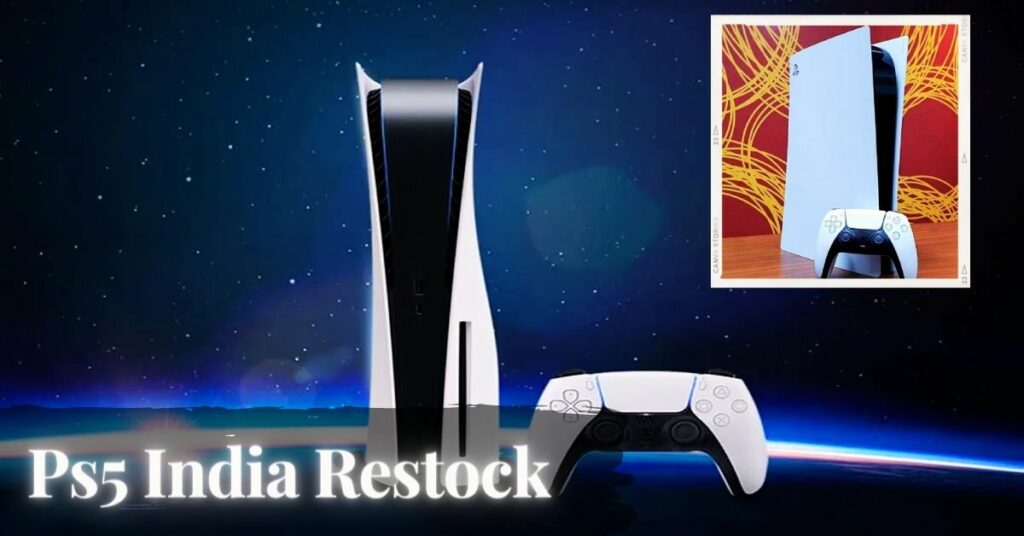The open universe of the Avatar movie trilogy serves as the setting for the brand-new video game “Avatar: Frontiers of Pandora.” Since December 7, 2023, the game—which was created by Massive Entertainment and released by Ubisoft—has been playable on the PlayStation 5, Windows, and Xbox Series X/S.
It belongs to the action-adventure genre and is the second video game in the Avatar series, following “Avatar: The Game” from 2009. In both single-player and multiplayer modes, players can explore a large and rich universe.
Pinar Toprak wrote the game’s soundtrack, while Magnus Jansén and Ditte Deenfeldt directed the project. Despite the high expectations, critics’ reactions to “Avatar: Frontiers of Pandora” were conflicting.
Examine the “Avatar: Frontiers of Pandora” Day One Patch from Ubisoft, which includes important improvements for Windows, Xbox Series X/S, and PlayStation 5. With the most recent patch notes issued on December 7, 2023, you may enjoy improved gameplay and more seamless experiences.
Contents
Avatar Frontiers of Pandora Day Updates and Patch Notes

For the PlayStation 5, Windows, and Xbox Series X/S platforms, Ubisoft has published the Day One Patch for “Avatar: Frontiers of Pandora,” which brings important upgrades and enhancements to improve the gameplay experience.
You may evaluate the performance of Avatar: Frontiers of Pandora on your PC using the game’s feature-rich PC Benchmark. The Avatar: Frontiers of Pandora PC Benchmark has extensive automation support, making it easy to incorporate into automated testing configurations.
By selecting the “V” button in the main game menu’s Graphics options menu, one can manually launch the PC Benchmark. The three separate sections of the file symbolize the various workloads that Avatar: Frontiers of Pandora players put the Snowdrop Engine under.
The early section of the game strains the CPU (central processing unit) with a large number of on-screen NPCs interacting with one another. The second portion of the game simulates a player travelling through the World of Pandora at the fastest possible speed.
The Snowdrop Engine’s numerous streaming systems are under more stress as a result. The final section, which has lush foliage produced during a thunderstorm, is intended to place a heavy demand on the GPU (Graphics Processing Unit).
If you’re interested in learning more about other games. You can check the following link:
- Xenoverse 2 Patch Notes: What is New in the Latest Updates?
- The Crew Motorfest Patch Notes: What’s New in the Latest Updates?
The user has access to several graphs that display the Engine’s current performance while the PC Benchmark is running. The streamlined graphs display the average frames per second (FPS), GPU and CPU loads as of right now. In terms of the proportion of the PC’s available resources, the two load statistics display the load.
You can switch out the simplified graphs with advanced graphs, which display the current GPU, CPU, and overall frame times, by simply using the space bar. These graphs display all times in milliseconds. It is possible to dissect the CPU and GPU frame times further into their constituent parts, which originate from different Snowdrop Engine subsystems.
The CPU frame times for each of the threads that are in use are given in milliseconds. As a result, certain parts may report expenses that are greater than the total frame time. Individual displays of the following elements are possible:
- All (combines all following costs)
- Agents (cost for running the Artificial Intelligence for NPCs)
- Animation (cost for updating the animations for NPCs)
- Audio (cost for outputting sound effects and music)
- Culling (cost for determining what objects need to be rendered on screen)
- Object (cost for updating objects in the game world)
- Particles (cost for updating and simulating visual effects like waterfalls, smokestacks, and explosions)
- Physics (cost for simulating physic interactions)
- Ray Tracing (cost for updating and culling bounding volume hierarchies for raytracing effects)
- Render (cost for preparing most GPU tasks like Depth, GBuffer, Forward Pass, Deferred, Terrain, Shadows, PostFX and Culling)
- UI (cost for updating the User Interface)
Several components make up the GPU frame times:
- All (combines all following costs)
- Depth (rendering cost for the depth pre-pass, which is an optimization to early reject geometry that will not be visible in the end)
- GBuffer (rendering cost for the GBuffer pass which contains the solid geometry)
- Forward Pass (rendering cost for any partially transparent geometry, like Glass)
- Deferred (rendering cost for Lighting the solid geometry)
- Terrain (rendering cost for the Terrain in the scene)
- Water (rendering cost for rivers and lakes)
- Ray Tracing (rendering cost for Raytraced Global Illumination and Raytraced Reflections)
- Shadows (rendering cost for the sunlight and spotlight shadows)
- PostFX (rendering cost for various Post Effects, including Upscaling, Depth of Field, Motion Blur, Bloom and Tone mapping)
- Particles (rendering cost for Visual Effects, like waterfalls, smokestacks, and explosions)
- Culling (cost for culling vegetation on the GPU)
Avatar: Frontiers of Pandora Gameplay
Players assume the role of a Na’vi orphan who received military training from the Resources Development Administration (RDA) in “Avatar: Frontiers of Pandora.” The novel takes place in first person and follows the protagonist after a fifteen-year slumber in an abandoned facility.
Set in Pandora’s unexplored Western Frontier, players set out on a mission to discover their true origins. The goal of the mission is to organize the local Na’vi tribes against the RDA, which intends to take advantage of the natural resources in the area.
The game retains its stand-alone appeal while deftly integrating its story within the larger framework of the Avatar film franchise. Players explore the vast, uncharted territories of the Western Frontier as part of the exploration-based gameplay.
The protagonist’s path combines resistance to the resource-hungry schemes of the RDA with self-discovery. Interestingly, friends can collaborate in this immersive journey thanks to the game’s functionality for 2-player cooperative multiplayer.
By encouraging cooperation amongst players as they overcome obstacles collectively, this cooperative feature improves the overall gaming experience. In general, “Avatar: Frontiers of Pandora” aims to provide players with an engrossing experience in the breathtakingly beautiful and wild world of Pandora through a compelling blend of storytelling, exploration, and cooperative play.
Avatar: Frontiers of Pandora Available Platforms
The action-adventure game “Avatar: Frontiers of Pandora” is playable on the PlayStation 5, Windows, and Xbox Series X/S. On December 7, 2023, Massive Entertainment, the game’s publisher, released the game.
Taking on the character of a Na’vi orphan battling the Resources Development Administration (RDA) in the Western Frontier of Pandora, players explore the open world in first person. There is also a cooperative multiplayer mode for two players in the game.
It was delayed and eventually launched on the designated platforms in December 2023, after being originally scheduled for 2022–2023. See the tweet for more details:
Watch our Launch Accolades Trailer and discover the breathtaking Western Frontier as a Na’vi. Avatar: Frontiers of Pandora is out now!
Buy now at: https://t.co/Gxv5Ah85YC pic.twitter.com/kuz5awXsLp
— Avatar: Frontiers of Pandora (@AvatarFrontiers) December 8, 2023
Explore Talkxbox for vital game information and winning tactics to give you an advantage in the gaming competition. With the useful information our platform provides, you may get a competitive advantage. Make use of the knowledge and advice found here to stay ahead of the game.

